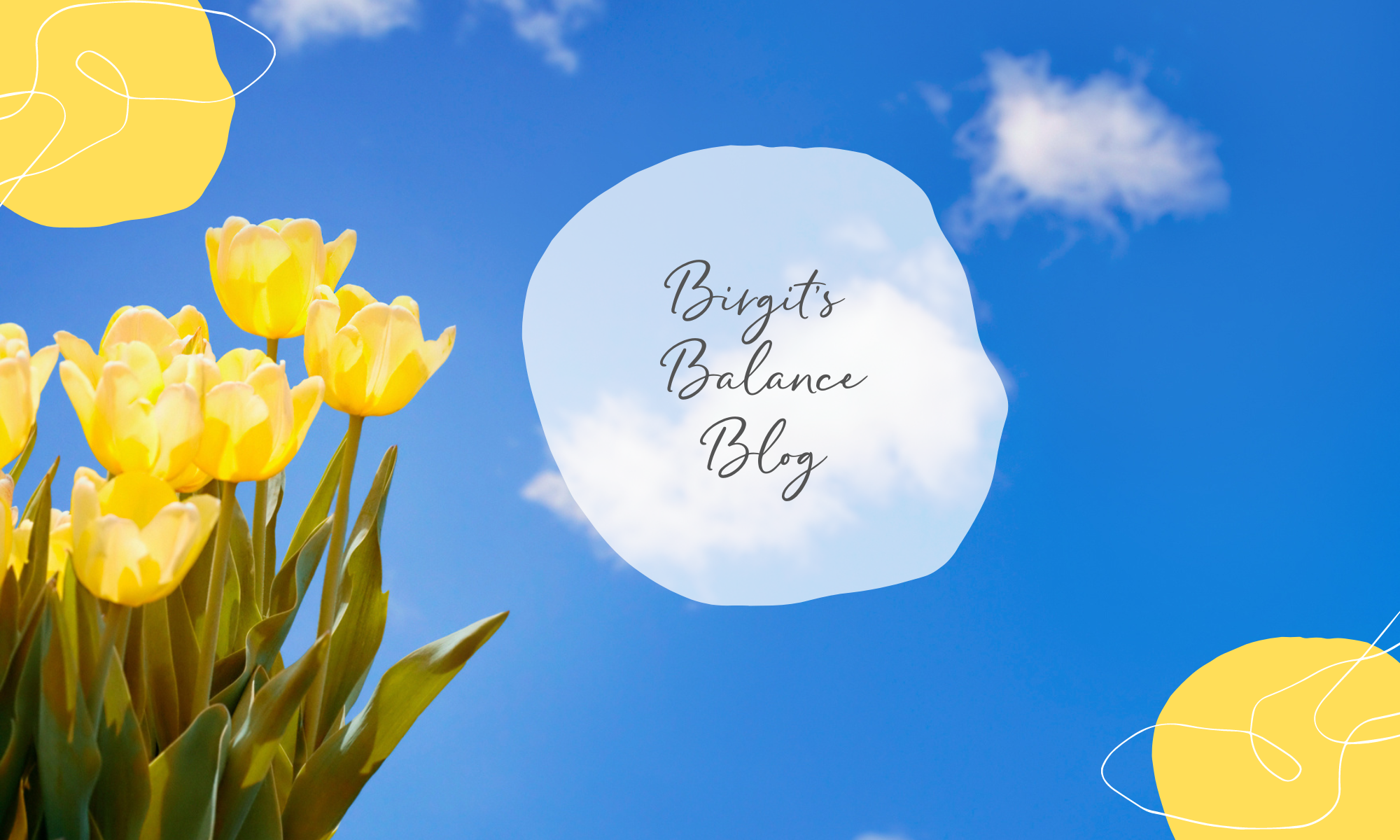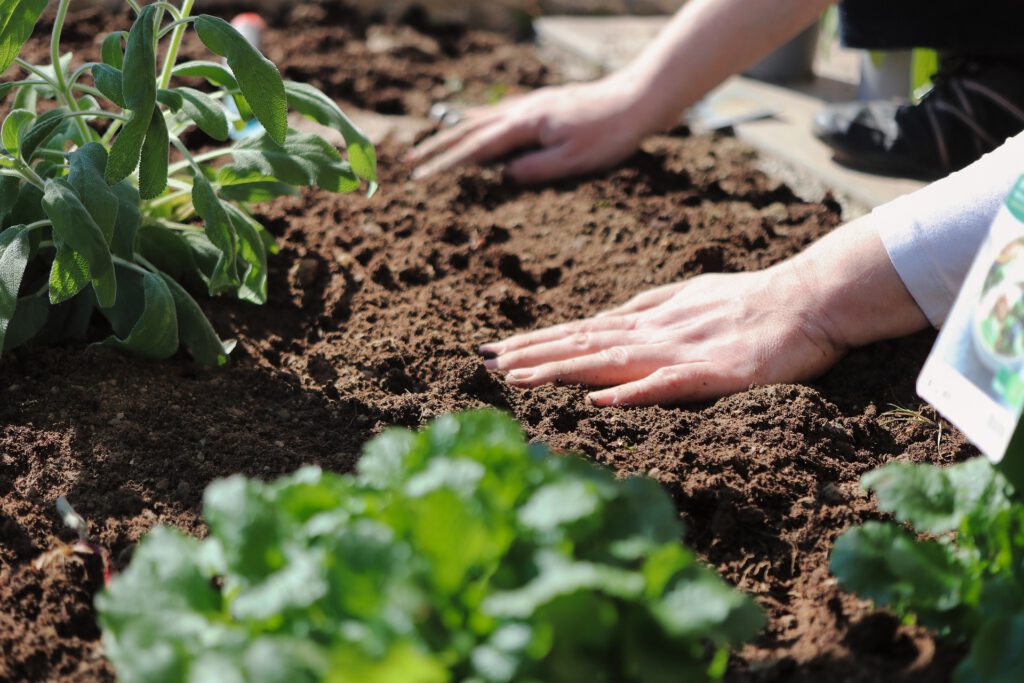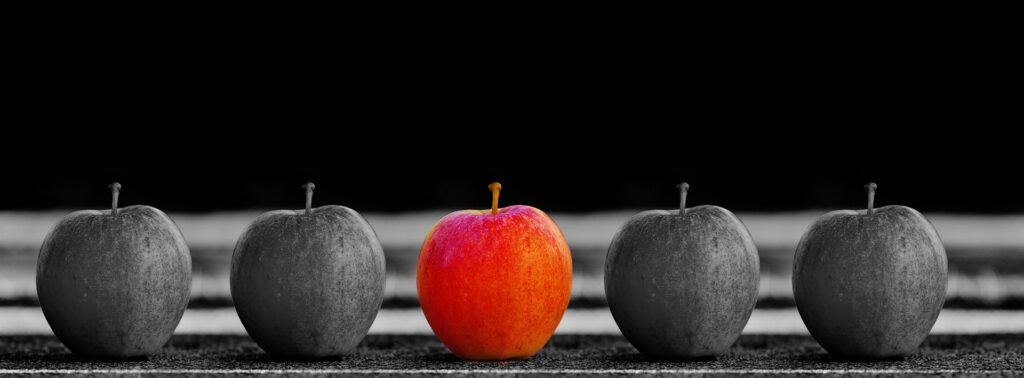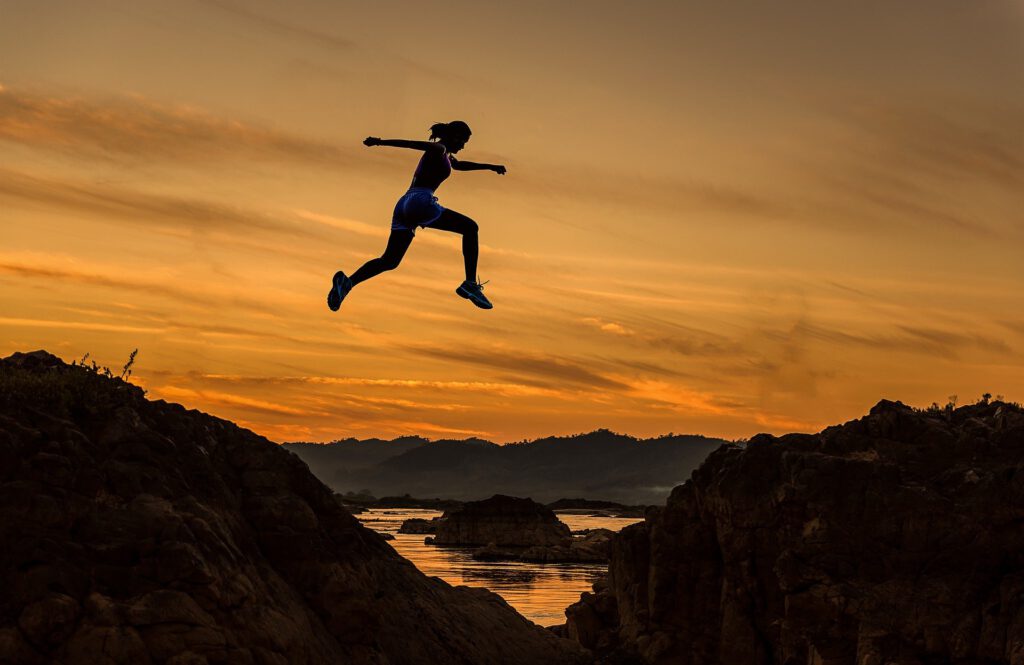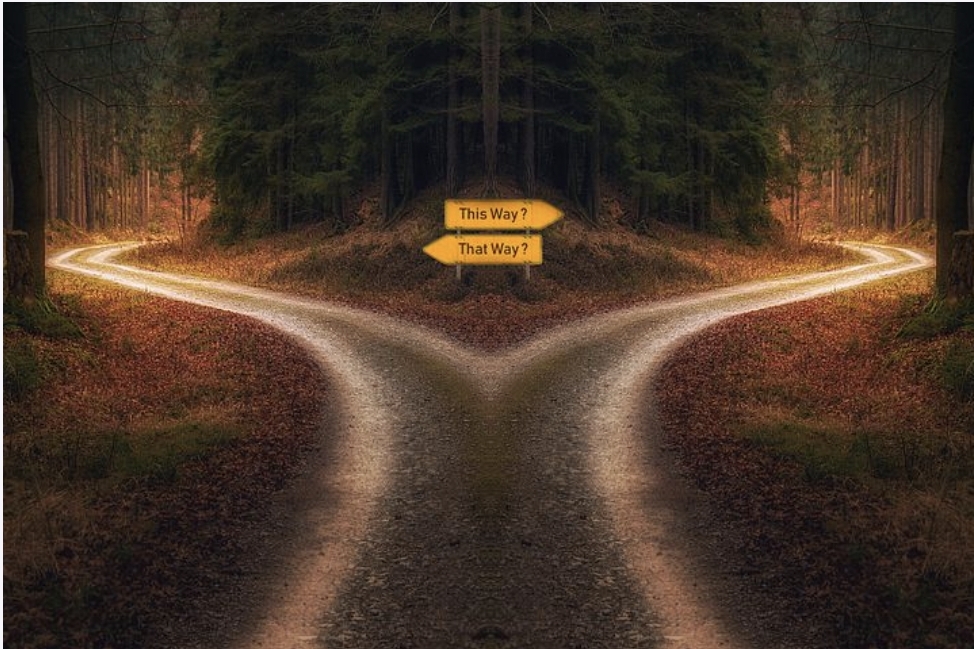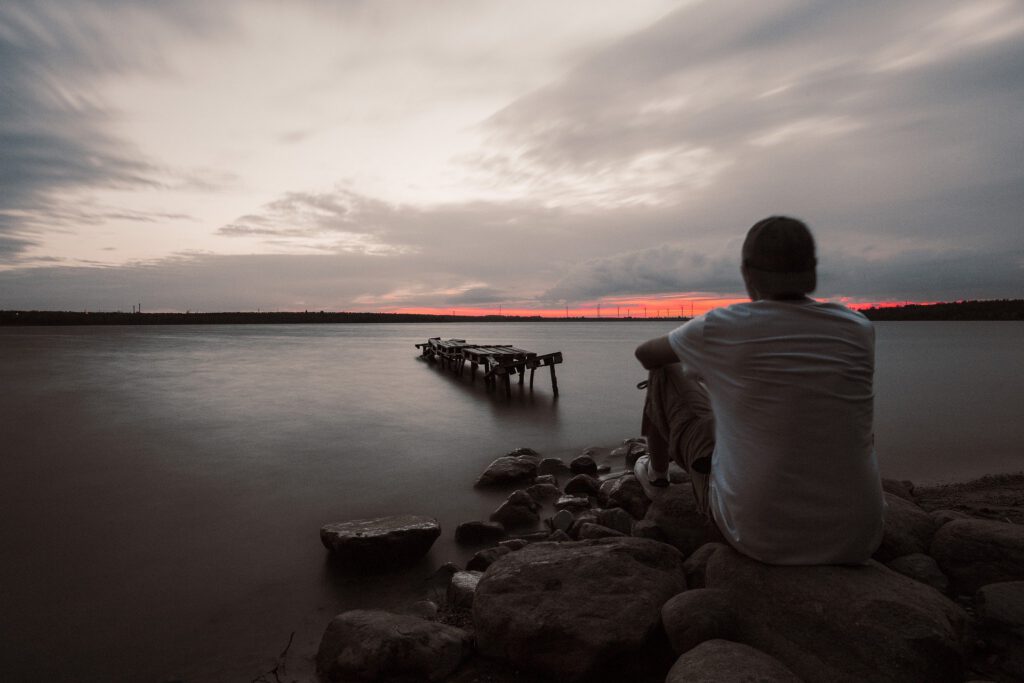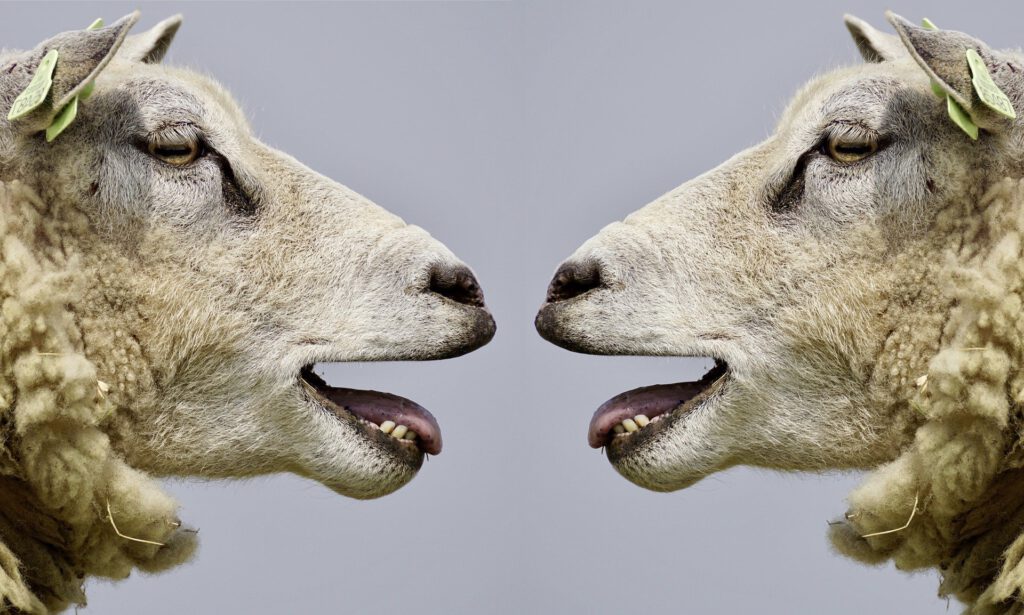
This week I have chosen the topic of age.
In the course of the last weeks and months I have been confronted with various situations where the topic has fallen on my feet.
Until recently single and making various “acquaintances”, I asked myself why it is actually “standard” in our society that men is (should be?) older then women?
In my job application training, where meet people of different ages and help them through the application process, I repeatedly have people in their mid-50s in front of me who, after more than 30 years, have been thrown onto the job market due to restructuring or company shut downs and are now having a hard time getting back to work. They are “too old”, “too expensive”, “no longer able to work under pressure”.
What about the work experience they hold?
Don’t they deserve the higher salary due to loyal service, dedication and 30 years of advancement?
In terms of resilience, what about the serenity and composure they bring which they have gained over the years? Isn’t level-headed, unexcited action and reaction just as valuable as physical resilience?
(Hmm, just now it occurs to me that the topic seems to be evaluated differently in politics, if we take a look at the heads of state worldwide …).
At this point I could continue with the fact that there are cultures in which age is valued quite differently. But that would lead too far. Let’s stay in our culture.
That’s when I also remember such sayings as “I’m too old for that” or “at your age, you don’t really wear such colors / long hair anymore.”
And I myself was recently asked during strength training in my sports club by another member how old I was (admiringly).
That’s when I realized that in all aspects I feel much younger, more agile and fit today than I did in my “prime” years.
I have the impression that a lot has already happened and I am very grateful that theoretically everything is possible in our western world.
I can hire a new worker over the age of 60.
I can give a damn about age and follow my heart.
I can still get my body in better shape in my 40s than it was in my early 30s.
I can decide to finally do the studies I’ve always wanted to do in my mid-50s or start my own company in my 70s.
For all “norms” there are also counterexamples. Few.
But more and more. 🙂
If you are like me and you feel hat something is holding you back – check if it is really YOU having a problem with age (no matter in which context) — or if your reluctance has other reasons — socialization, feared reactions of your environment, no experiences – higher risk …
As far as age is concerned, I can say that I have met people at 25 who were older than those at over 60. I have met people who were lifeless – although they were not dead yet.
And I have decided to turn to the people who are young at heart.
That is the standard, the norm that I would like to help shape!
How about you?
Stay young at heart!
Birgit
